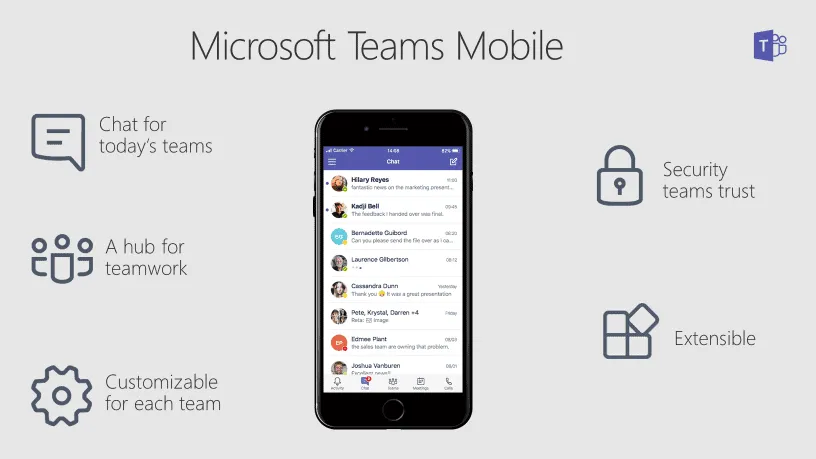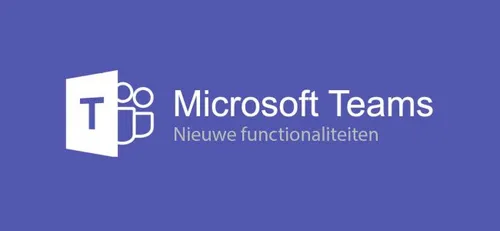
Knowledge base
October 08, 2020
Microsoft doubles team performance with several improvements.
Microsoft has added several new features to Microsoft Teams in recent months. In addition to adding new features and enhancements, Microsoft is also working to improve the performance of the Microsoft Teams client across platforms.
Microsoft recently emphasized that they have doubled the performance of Microsoft Teams with several improvements. For example, Microsoft Teams on Windows and Mac now starts 30% faster. Microsoft Teams on iOS will soon get a 40% improvement in background battery consumption.
Below are the details of the performance improvements.
Offline support on desktop
limited network connectivity is a reality for many of our users around the world. In March, we launched the ability to run the desktop client on Windows and macOS in environments with limited bandwidth or no network connection. This was achieved through data and code caching, and we also applied a local pickup approach to network requests, which led to improved desktop client start times. Now we’re working to enable users to write messages even when they’re offline, and have them automatically sent when the network connection is restored.
Improved desktop start time
When users start their meetings, lessons, and days in Teams, it’s essential that they get things going quickly. We’re introducing multiple updates to improve the start time of our desktop clients on Windows and macOS. This includes delaying non-essential operations until after launch, optimized code delivery flows, and service-side optimizations such as migrating the service infrastructure to Azure Front Door. In our tests, these investments have resulted in a 30% reduction in application start time.
Optimization of video playback on desktop
With more users working and learning from home, video is a crucial way to connect with others. However, video-rich features can also increase the average workload of device CPUs and GPUs. To address this, we adjust how much computing power is used during video calls and meetings by reducing animations, combining layers, and simplifying the overall experience. We’re also making changes to video playback, the UI overlays composite on top of the video and hardware drivers. These improvements are now being rolled out to our desktop clients on Windows and macOS, and more updates are coming soon.

Battery life optimization in iOS
Staying connected through Teams on a mobile device is essential for frontline employees and people who don’t sit at their desks all day. To reduce the battery consumption of the Teams app in iOS, we’ve moved a significant amount of background processing to our cloud services and reduced the frequency of syncing static information. In our tests, this resulted in an improvement of almost 40% in the consumption of the background battery. You can experience these improvements today with the latest version of the Teams app for iOS.
Low bandwidth optimizations for Android
Finally, we optimize the Microsoft Teams app on Android for low bandwidth environments. This includes reducing the wait time for message synchronization and increasing message reliability by optimizing background calls synchronizations and database access patterns. We’ve also improved network quality detection logic, allowing scenarios like file uploading to intelligently balance reliability and performance based on available bandwidth. These improvements are available in the latest version of the Teams app for Android.
Source: Microsoft
Want to know more?

Related
blogs
Tech Updates: Microsoft 365, Azure, Cybersecurity & AI – Weekly in Your Mailbox.









